
Get ready to power up with cogeneration! This cutting-edge technology is revolutionizing the energy game by combining electricity production with the capture and use of thermal energy. Say goodbye to sky-high energy costs and hello to a more reliable electricity source. Get ready to dive into the world of cogeneration plants and discover their endless possibilities. Let’s unlock the secrets of this game-changing energy solution!
Calling all business owners, engineers, and curious minds! Get ready to dive into the world of innovative technology and discover the incredible energy savings cogeneration systems offer. This article is your ultimate guide to understanding cogeneration and why it might be the answer to all your energy needs. So, don’t miss out, keep reading and prepare to be amazed!
What is a Cogeneration Energy System?
Cogeneration is the ultimate power duo, harnessing the incredible force of heat and electricity to create a mind-blowing symphony of efficiency. It’s like capturing wasted heat and transforming it into two amazing forms of power, leaving traditional methods in the dust. Cogeneration systems are the superheroes of energy, using their powers to produce a dynamic duo of energy sources.
Cogeneration systems come in all shapes and sizes, from small-scale power generators for homes to massive industrial powerhouses. These incredible electric power grid systems have stood the test of time, some lasting for decades, proving their unwavering reliability.
Types of Cogeneration Systems
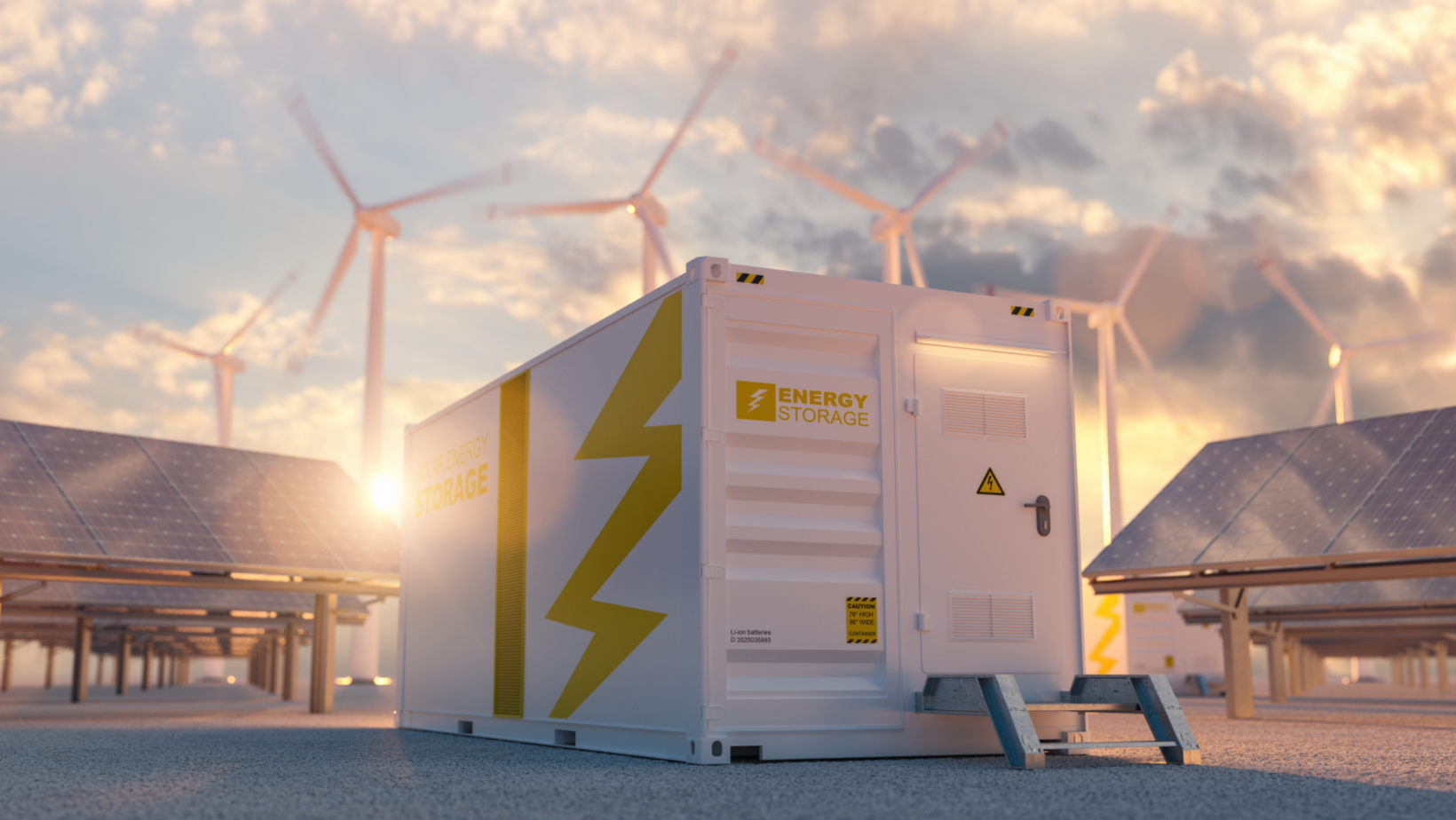
These innovative systems go beyond conventional thermal power plants by generating electricity and useful heat energy from a single primary source. There are various types of cogeneration systems, each tailored to meet specific energy needs. These include the following:
Hot Water Cogeneration System
Hot water cogeneration systems are highly efficient and sustainable for generating thermal energy for various purposes. These systems use a primary energy source, such as natural gas, to produce heat energy and electrical power simultaneously. By harnessing the waste heat produced during the power generation process, hot water cogeneration systems can achieve energy efficiencies of up to 90% or more, compared to just 35% for traditional power plants, as recorded in industrial applications.
They are commonly used in industrial processes, district heating networks, and commercial buildings to provide hot water for space heating and steam for process heating. Hot water cogeneration systems can be based on various technologies, such as internal combustion engines, steam turbines, or gas turbines. These systems have the potential to decrease carbon emissions and offer economic and environmental advantages, which makes them significant for decentralized energy systems worldwide.
Components of a Hot Water Cogeneration System
A hot water cogeneration plant is a highly efficient and environmentally friendly solution for producing thermal energy and hot water. It uses a primary energy source, such as natural gas or biomass, to simultaneously generate heat energy and electrical power. The system has several key components that work together to maximize energy output and minimize wastage.
- Fuel Source: The fuel source is the primary energy input for a hot water cogeneration system. Combustible fuels, such as natural gas, diesel, or biomass, usually provide this.
- Combustion Chamber: The combustion chamber mixes the fuel and air to create an explosive mixture that powers the heat engine. This chamber also serves as a buffer between the hot exhaust gases and the rest of the system.
- Heat Exchanger: The heat exchanger captures the heat produced by combustion and transfers it to either water or air for various uses. This helps to maximize energy efficiency by utilizing waste heat that would otherwise be wasted.
- Generator: The generator is the main component of a hot water cogeneration system, as it converts the energy from combustion into electrical power.
- Heat Storage: Heat storage is important for maintaining a continuous supply of hot water and thermal energy. This is usually done using a heat storage tank to store the excess heat produced during peak times, which can then be used to supplement energy output during off-peak hours.
Thermal Energy Cogeneration System
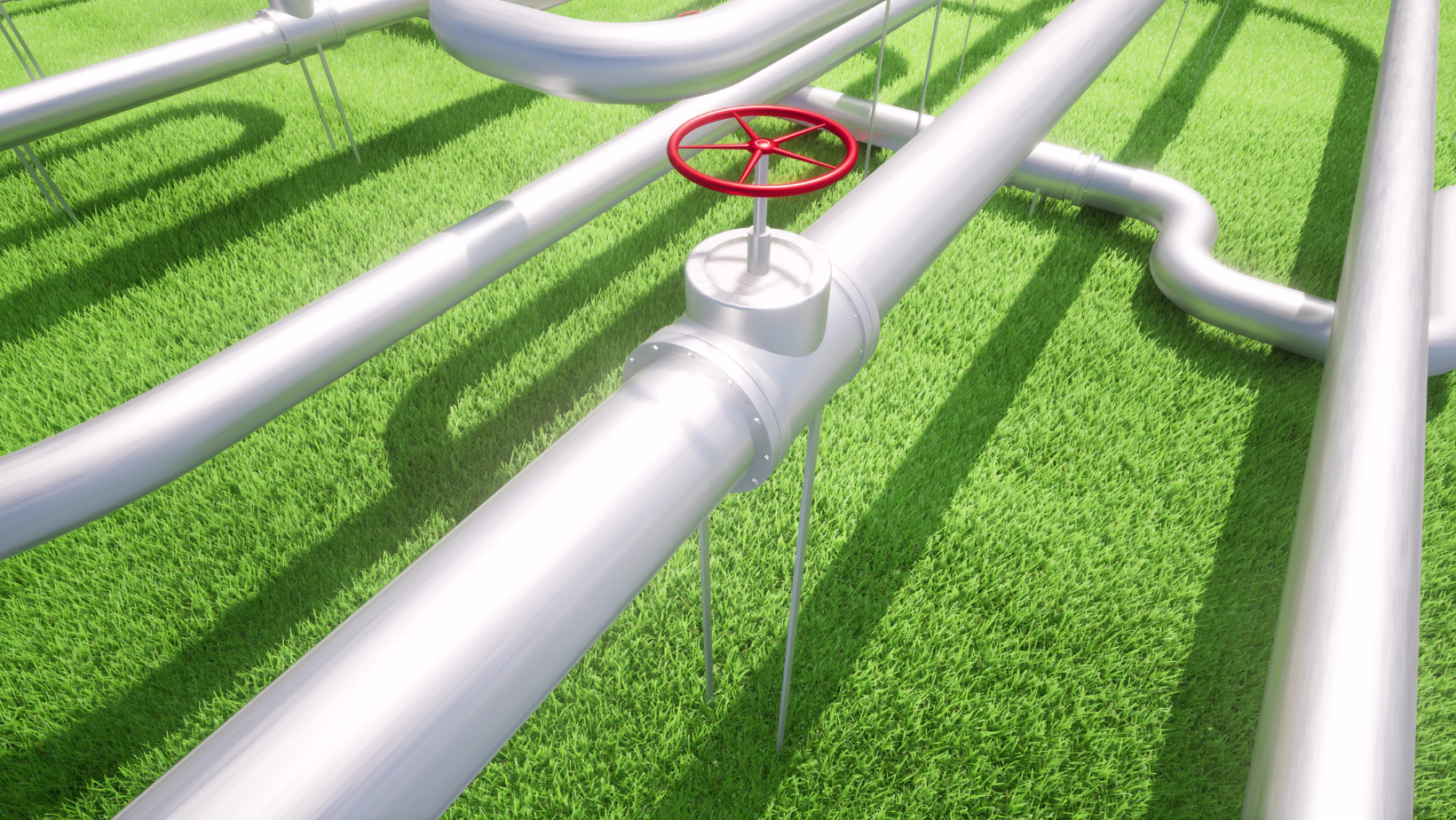
Thermal energy cogeneration systems have gained popularity in recent years. These systems utilize the heat energy produced during power generation to simultaneously generate electrical and thermal energy, such as hot water or steam. By harnessing the otherwise wasted heat and using it for various industrial processes or heating purposes, thermal energy cogeneration systems provide unparalleled energy efficiency compared to traditional power plants.
Components of a Thermal Energy Cogeneration System
The components of a thermal energy cogeneration system vary depending on the type being used, but in general, all systems include the following:
- Heat Exchanger: The heat exchanger captures the heat produced by combustion and transfers it to either water or air for various uses. This helps to maximize energy efficiency by utilizing waste heat that would otherwise be wasted. This is done through a series of pipes, valves, and pumps.
- Generator: The generator is the main component of a thermal energy cogeneration system, as it converts the energy from combustion into electrical power. This is usually done with a steam turbine or an internal combustion engine.
- Heat Storage: Heat storage is important for maintaining a continuous supply of hot water and thermal energy. This is usually done using a heat storage tank to store the excess heat produced during peak times, which can then be used to supplement energy output during off-peak hours.
Steam Turbines in Cogeneration Systems
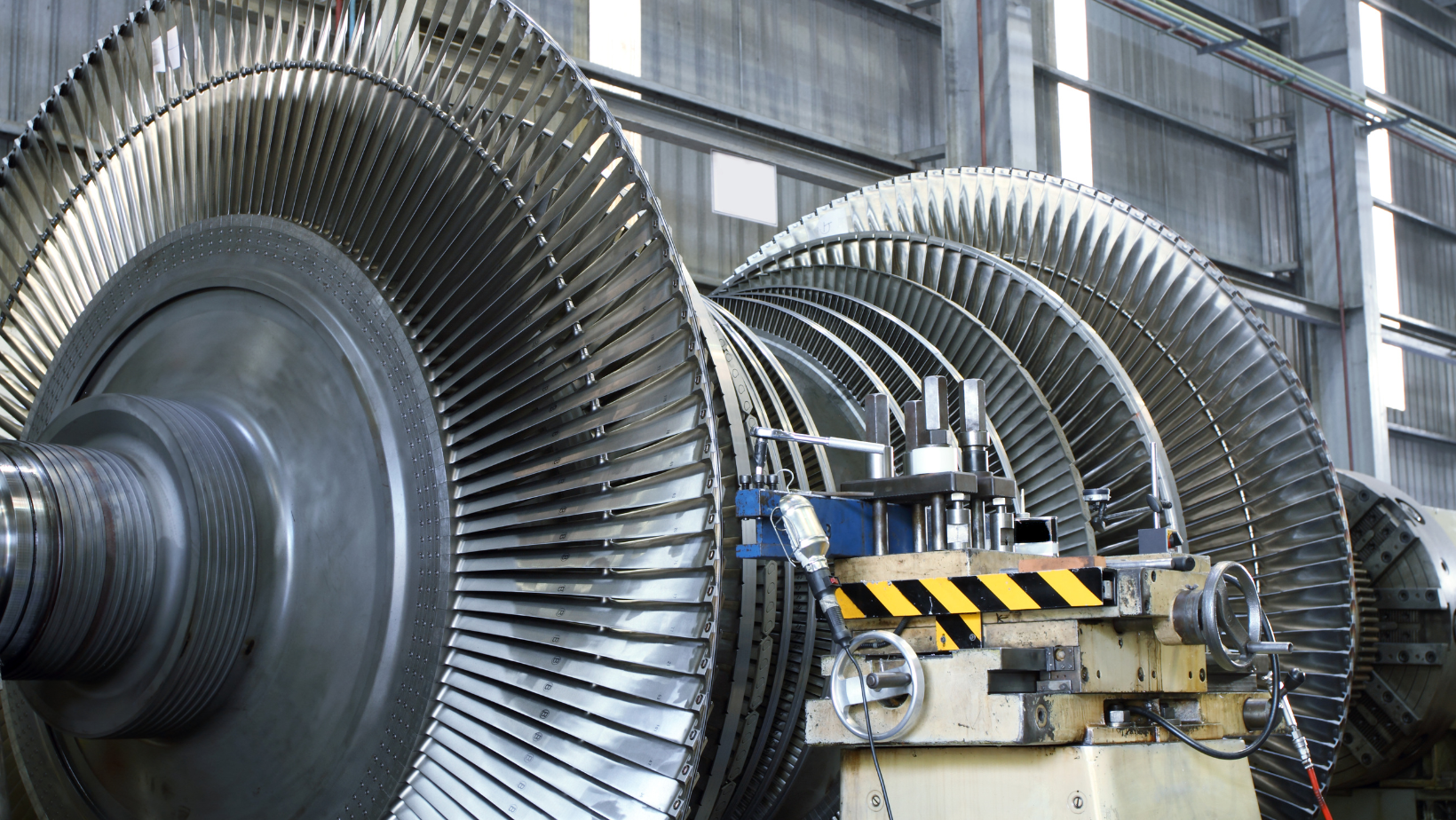
Steam turbines play a crucial role in cogeneration systems, where they harness the power of heat energy to generate electricity and steam for process heating. These turbines are a key component in combined heat and power systems, which offer increased efficiency and sustainability compared to traditional power plants. By utilizing the exhaust steam from the turbine for process heating, cogeneration systems can effectively capture and utilize waste heat that would otherwise be wasted.
Steam turbines are particularly well-suited for large-scale industrial applications, such as chemical plants and district heating systems, with high electrical and thermal energy demand. With their ability to convert heat energy into mechanical energy, steam turbines are a critical technology in decentralized energy systems that prioritize energy efficiency and environmental impact.
Components of a Steam Turbine in a Cogeneration System
A steam turbine is a cogeneration system it harnesses the power of heat energy to generate electricity and steam for process heating. The key components that make up a steam turbine in a cogeneration system include:
- Heat Exchanger: The heat exchanger captures the heat produced by combustion and transfers it to either water or air for various uses. This helps to maximize energy efficiency by utilizing waste heat that would otherwise be wasted.
- Generator: The generator is the main component of a thermal energy cogeneration system, as it converts the energy from combustion into electrical power. This is usually done with a steam turbine or an internal combustion engine.
- Steam Turbine: The gas turbine is the main component of a cogeneration system, as it harnesses the power of heat energy to generate electricity and steam for process heating. This helps to reduce emissions associated with traditional power plants and increase energy efficiency.
- Heat Storage: Heat storage is important for maintaining a continuous supply of hot water and thermal energy. This is done by storing the heat produced during combustion in hot water tanks or other containers for later use.
- Control Systems: Control systems must ensure a cogeneration system functions properly and efficiently. This includes monitoring the output steam’s temperature and fuel’s pressure and flow into the generator.
Heat Engines in Cogeneration Systems
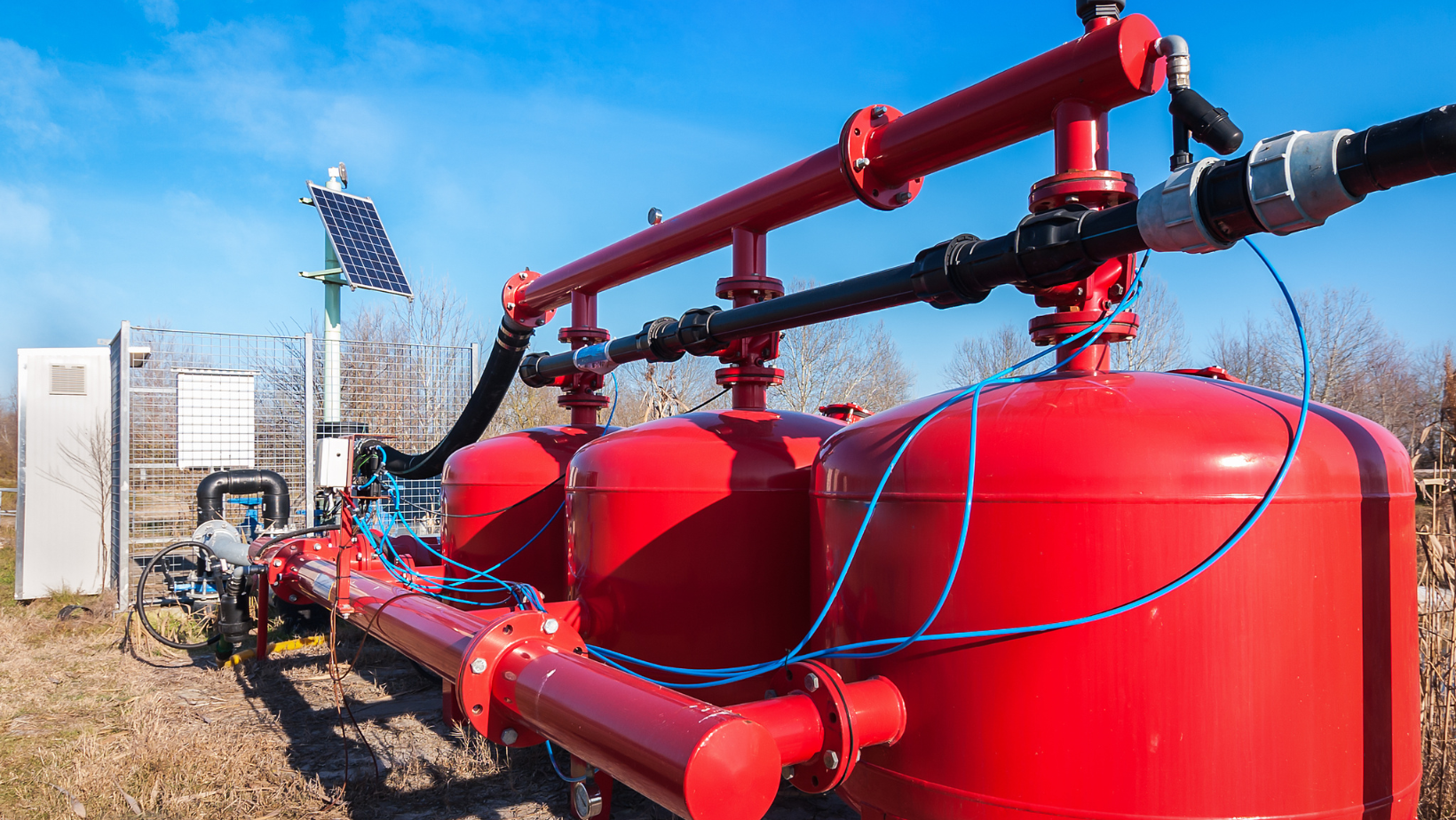
Heat engines are another type of cogeneration system gaining popularity due to its increased efficiency and sustainability. Unlike steam turbines, which rely on thermal energy from combustion to generate electricity and steam for process heating, heat engines use the thermal energy of a fluid to turn a generator and provide electricity. Heat engines are usually powered by natural gas or other non-renewable sources.
But wait, my friends! These amazing machines can also tap into the sun’s rays or the earth’s fiery depths. They flex their muscles in power plants and heating systems, but that’s not all! These incredible contraptions can also be purring away in residential cogeneration systems, bringing power and coziness to every corner.
Components of Heat Engines in a Cogeneration System
Heat engines in a cogeneration system comprise several components that combine to convert thermal energy into electrical energy. The main components of a heat engine include the following:
- Heat Source: The heat source is the fuel used to generate thermal energy in a cogeneration system. This can include natural gas, petroleum, biomass, or solar thermal energy.
- Heat Exchanger: The heat exchanger captures the thermal energy from the heat source and transfers it to either water or air for various uses. This helps to maximize energy efficiency by utilizing waste heat to provide process heating or hot water.
- Generator: The generator is the main component of a cogeneration system, as it converts thermal energy into electrical energy. This electricity can be used for various purposes, such as powering lights and appliances in residential homes or industrial operations.
Fuel Cells in Cogeneration Systems
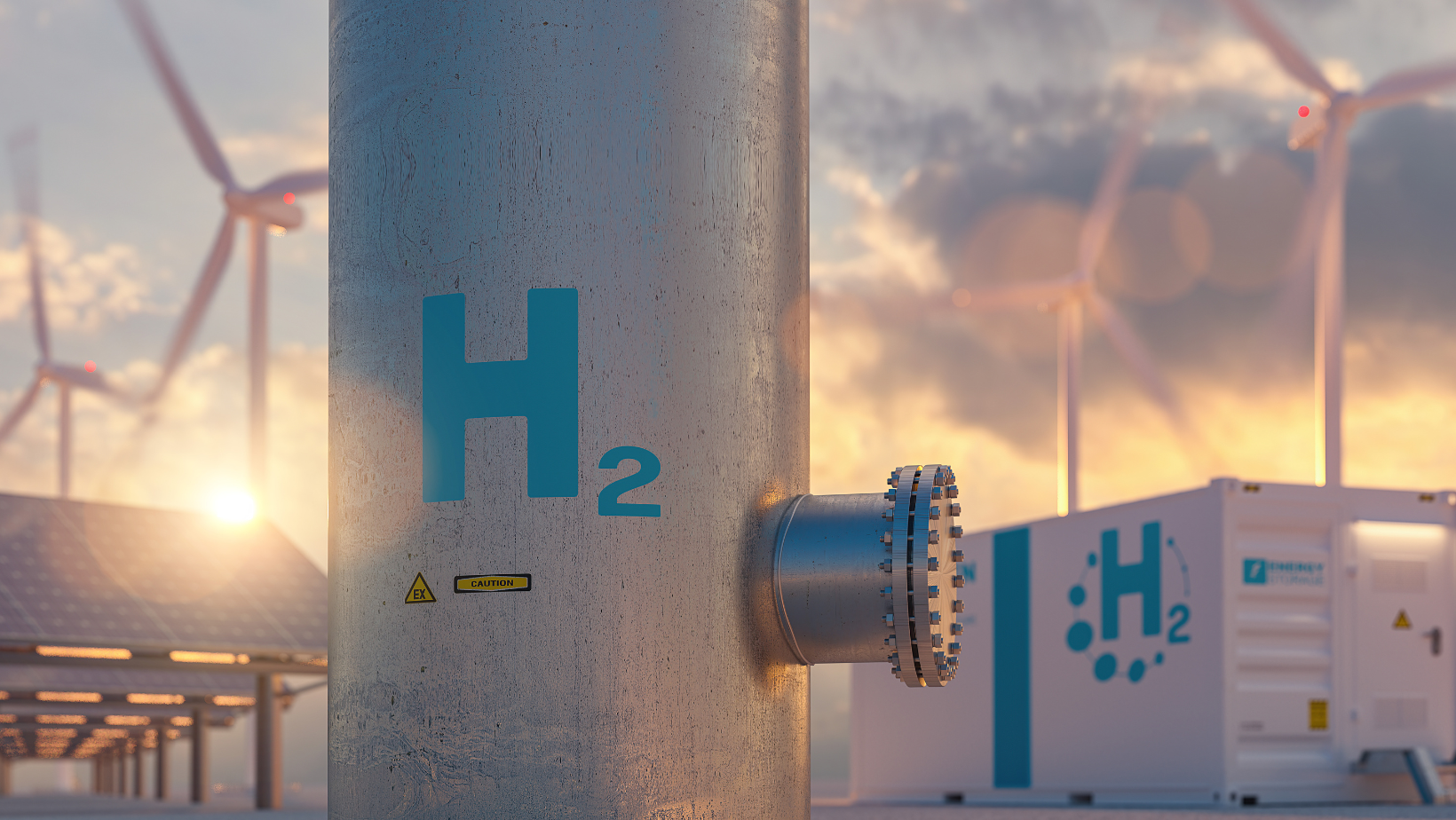
Fuel cells are the cool new thing in power! They’re efficient and sustainable, unlike those old power plants. Instead of burning stuff, fuel cells use chemical reactions to make electricity. And get this; they can capture up to 80% of the energy from the fuel source. Talk about efficiency! You can use fuel cells in your home, at work, and even for heating entire neighborhoods. It’s time to say goodbye to the old ways and embrace the future of power generation with fuel cells!
Components of Fuel Cells in a Cogeneration System
Fuel cells in a cogeneration system comprise several components that combine to convert chemical energy into electrical energy. The main components of fuel cell cogeneration power plants include the following:
- Fuel Source: The fuel source is the material used to generate chemical energy in a cogeneration system. This can include natural gas, petroleum, biomass, or hydrogen.
- Electrolytes: Electrolytes play a crucial role in fuel cells by facilitating the movement of charged particles between electrodes, which enables the chemical reaction necessary for electricity generation.
- Catalysts: Catalysts are chemicals that enhance the reactions in fuel cells, increasing their power and efficiency.
- Generators: The generator plays a crucial role in a cogeneration system, transforming chemical energy into electrical energy. This electricity has many applications, including powering lights and appliances in residential and industrial settings.
Advantages of Using Cogeneration Systems
Using a cogeneration system has numerous advantages. Here are some of the main benefits:
Increased Efficiency
Cogeneration systems are highly efficient, using thermal or chemical energy to generate electricity and process heat simultaneously. This means more energy can be produced with less fuel, resulting in lower fuel costs and fewer emissions.
Lower Operating Costs
Cogeneration systems require fewer components than traditional power plants, reducing installation and maintenance costs. Due to their increased efficiency, cogeneration systems can often operate at a lower cost than traditional power plants.
Reduced Emissions
Cogeneration systems can reduce emissions compared to traditional power plants, as they can generate electricity and process heat simultaneously. This means fewer fossil fuels must be burned to generate the same amount of energy, resulting in lower emissions. Cogeneration systems that utilize fuel cells or renewable energy sources can produce even lower emissions.
Versatility
Cogeneration systems are highly versatile and can be customized to meet the specific needs of any application. This makes them ideal for various applications, such as providing power for homes or businesses, district heating, or powering industrial operations.
Cogeneration systems produce fewer emissions than traditional power plants, generating electricity and processing heat simultaneously. This reduces the air pollution associated with generating electricity, making cogeneration systems a more sustainable option for energy production.
Reliability
Cogeneration systems are highly reliable, as they can continue producing electricity even if one component fails. This increases their uptime and reduces the risk of power outages.
Lower Maintenance Costs
Besides reduced operating costs, cogeneration systems require less maintenance than traditional power plants. This is due to their smaller size and fewer components, which reduces the time required for servicing. Cogeneration systems can also self-monitor and adjust their output in response to changes in demand, which can help minimize downtime and extend their lifetime.
Disadvantages of Using Cogeneration Systems
Despite the numerous advantages, cogeneration systems have a few potential drawbacks. Here are some of the main disadvantages:
- Expense: Cogeneration systems require a significant upfront cost, as they contain numerous components that must be purchased and installed. Additionally, some cogeneration systems require specialized fuel sources or technology, which can further increase the initial investment.
- Complexity: Cogeneration systems are highly complex and require extensive maintenance to operate correctly. This means that they may not be suitable for all applications, such as those that require a high level of reliability or those with limited access to maintenance personnel.
- Limited Capacity: Limitations on the size of cogeneration systems can limit their ability to meet the needs of certain applications. This is especially true for larger applications, such as large industrial facilities, requiring significant power.
- Fluctuating Power Output: Cogeneration systems can respond to changes in demand, but they may not be able to respond quickly enough in some cases. Additionally, the power output of some systems may be limited due to their design, which can make them unsuitable for certain applications.
- Intermittent Availability: Cogeneration systems are often only available intermittently due to their reliance on certain fuel sources or environmental conditions. This can limit their ability to provide a reliable energy source, making them unsuitable for certain applications.
Conclusion
Unlock the power of cogeneration systems! With a variety of options to choose from, each with its perks and pitfalls, these systems not only offer an efficient and dependable energy source but also help save the planet by slashing emissions. Say goodbye to old-school power plants and embrace the future! Discover the endless possibilities of cogeneration systems! While there may be some initial costs and installation complexities, the right system for you depends on your unique needs and limitations. Don’t miss out on the incredible benefits for your business or project – reach out to a seasoned energy expert today and unlock the power of cogeneration!
